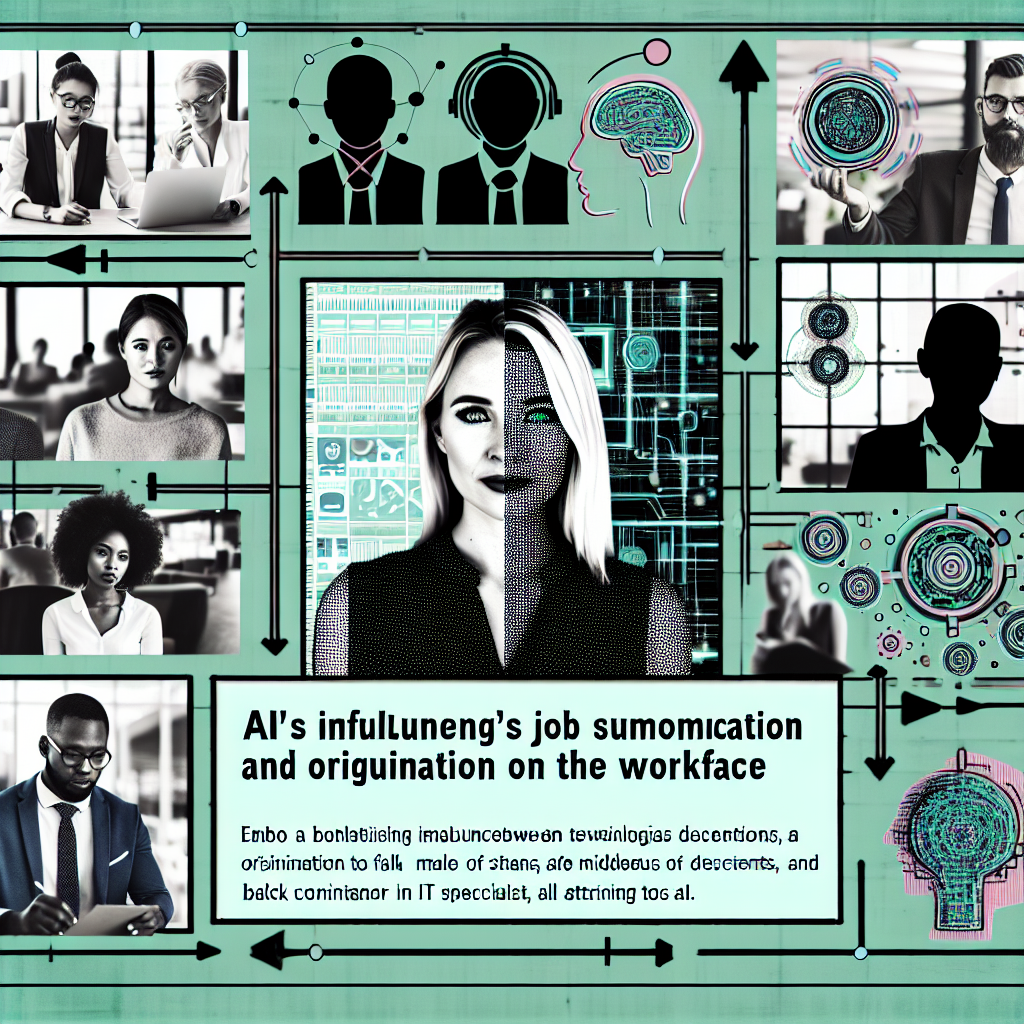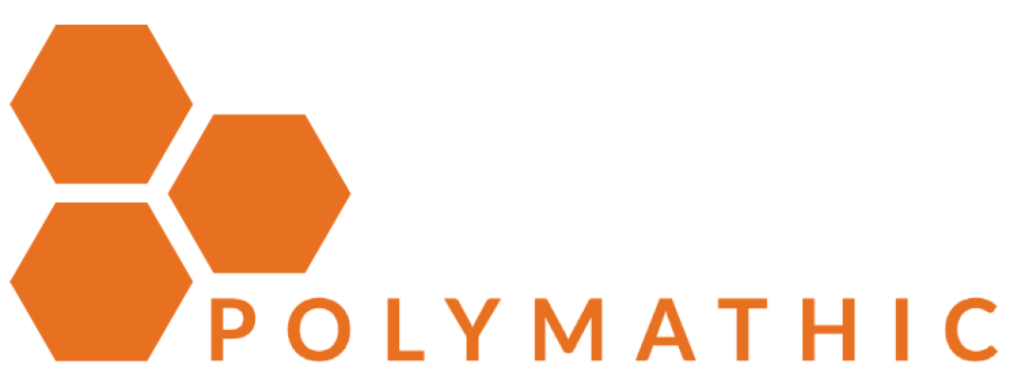How AI is Transforming the Workforce: Disruptions and Opportunities

"One of the most pressing concerns about AI is its impact on jobs. Emad’s paper cites estimates that AI automation puts 300 million full-time jobs at risk. However, he’s quick to point out that new AI-related roles are sprouting up everywhere, with projections suggesting AI will create 97 million jobs by 2025 across various industries."?12:0†source?
Upskilling, Reskilling or Retiring: Responding to the Advent of AI
AI and Workforce Disruption: An Analytical Perspective
The advent of AI in the workplace is ushering in a wave of disruption, as evidenced by recent layoffs in tech giants such as Cisco, Microsoft, and Intuit. Despite reporting a $10.3 billion profit, Cisco is laying off 5,500 workers to reallocate resources towards AI investments. This trend highlights the pervasive shift towards automation and AI integration in various industries.
Job Displacement vs. Job Creation
Notable industry leaders like Emad Mostaque forecast that AI could put 300 million jobs at risk while also creating 97 million new roles by 2025. This duality underscores the need for workforce adaptability and continuous learning. The challenge lies in balancing the job displacement with the creation of new opportunities, demanding proactive measures from both employers and employees.
Global Perspectives and Regulatory Frameworks
International bodies like the IMF stress the importance of regulatory frameworks to manage AI integration's impact on employment. Their advocacy for a balanced approach includes fostering innovation while safeguarding jobs, a strategy aimed at maintaining economic stability and public trust.
Public-Private Initiatives
Collaborations such as California's partnership with NVIDIA illustrate the practical steps being taken to prepare the workforce for an AI-driven future. By investing in digital infrastructure and education, these initiatives aim to bridge the skills gap and ensure a steady pipeline of talent.
Actionable Insights for Individuals
Individuals can assess their job vulnerability to AI through tools like Thomas Frey's 25-question framework. The focus on upskilling and reskilling becomes paramount, empowering workers to navigate the evolving job landscape. With 97 million potential new jobs on the horizon, proactive skill development can unlock new career paths.
Conclusion
The article's comprehensive analysis demonstrates how AI is reshaping the workforce landscape. While challenges exist, the opportunities for growth and innovation abound. By embracing continuous learning and proactive adaptation, both individuals and organizations can thrive in this transformative era.
